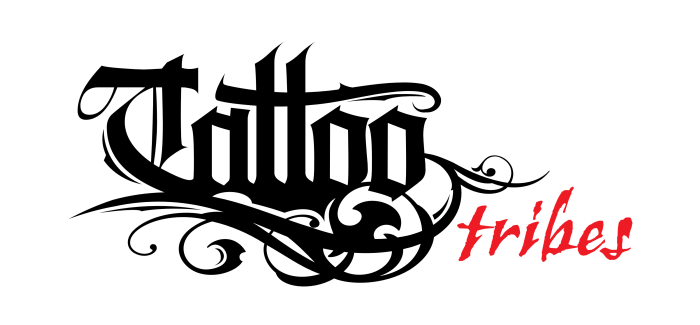
Lau hala: (Hawai'ian), pandanus leaves.
Commonly known as the braid, this symbol represents unity, tradition, prosperity, and protection.
This symbol is widely used in Polynesian tattoos, and it's no surprise since its meaning is deeply representative of the core beliefs of Polynesian cultures.
We've seen how the net is a symbol of community, as it is made up by cords, and cords by threads symbolizing the union of the individuals into families and then families into communities.
The Meaning of Unity and Protection
The braid and woven mats have a similar symbolism: the separate fibers woven to create them become something bigger and much more resistant than any of the individual elements, just like a society can reach greater achievements than the single individual alone.
Below are some common examples of representations for the braided cords:

Another symbol that is closely similar to the braid are woven mats, in terms of both graphics and meaning:

In addition to unity, woven mats can symbolize protection too, because they were used to cover the body or even rolled around the left arm to be used as a sort of shield to cushion the blows received from enemies during battle.
Furthermore, woven mats often incorporated designs and motifs that were typical of a specific community or family, for which reason they are considered a symbol of tradition.
Decorated fine mats were offered as precious gifts on special occasions and ceremonies, and as such they are a symbol of prosperity.

A similar design from Hawai'i, papa konane, or konane board, represents a board game similar to checkers, and its meaning is "think before you act":

Variants

Usage Examples
The woven mat (blue outline) was used here to represent traditions and origins, and as a protection symbol, while the braid (red outline) was used as a symbol of unity:

Braids (blue outline) surrounding a turtle as a symbol of family union:

The woven mat (red outline) was added here as a protective symbol to counter the row of flies (yellow outline) representing death:


